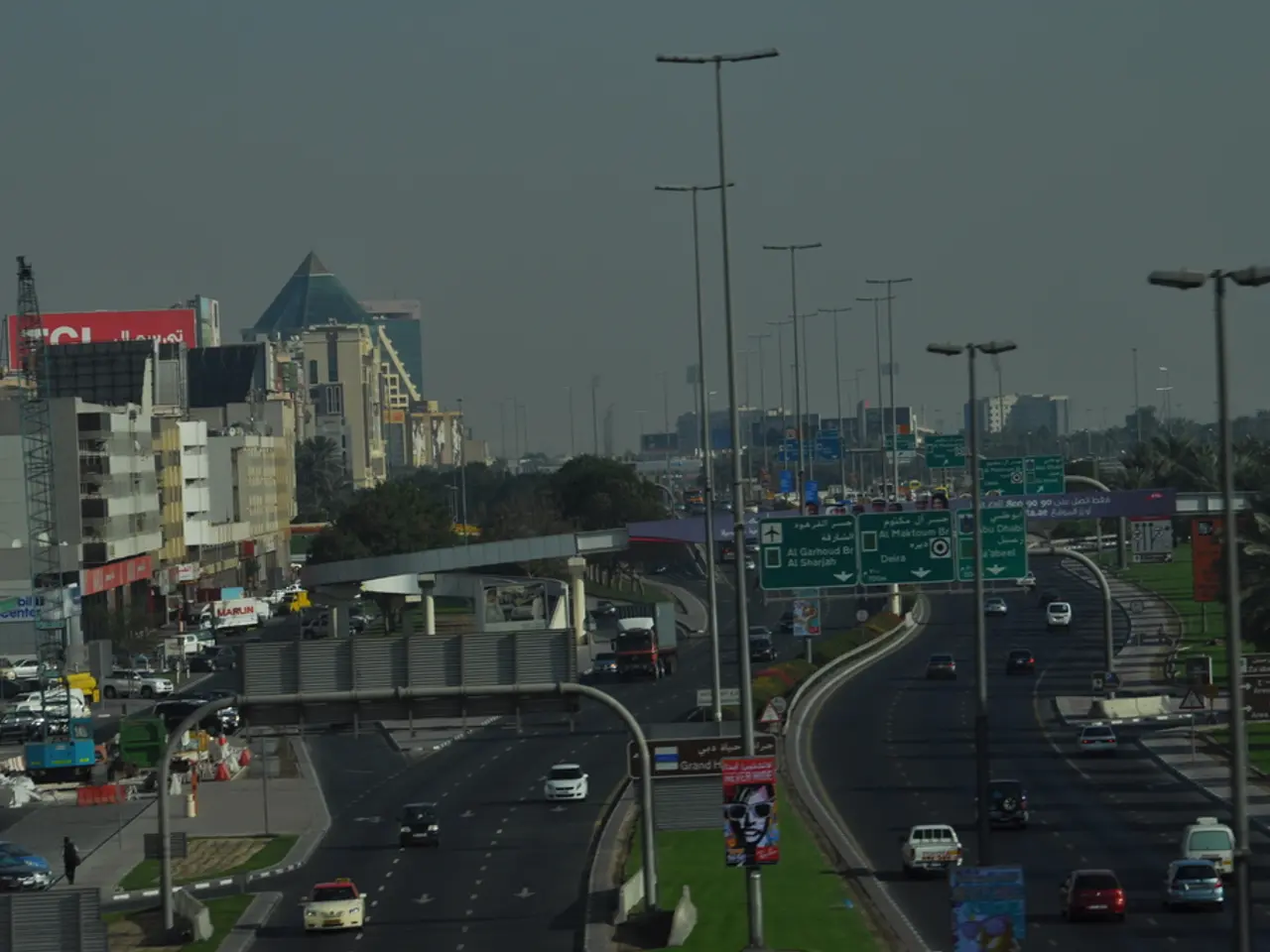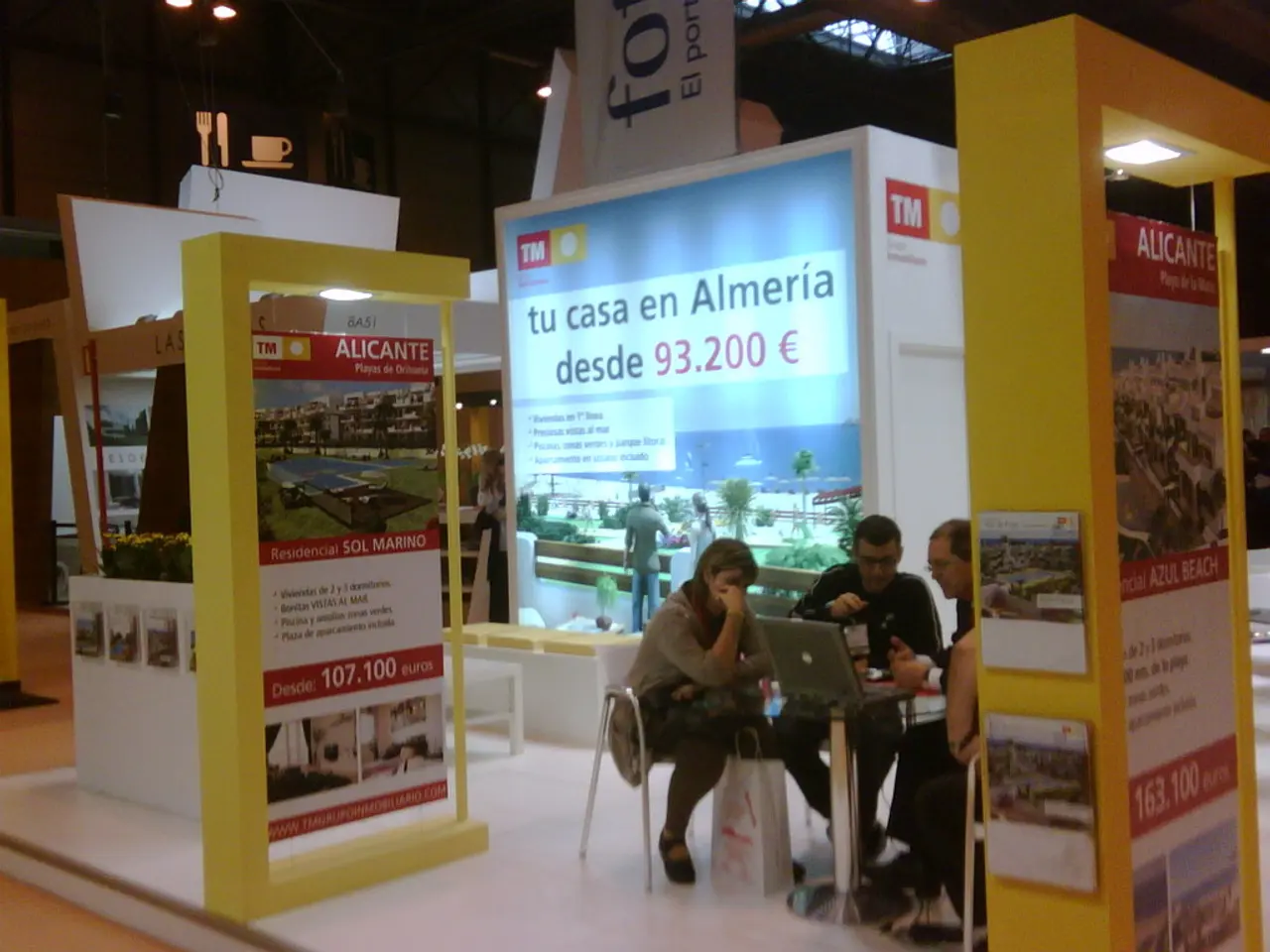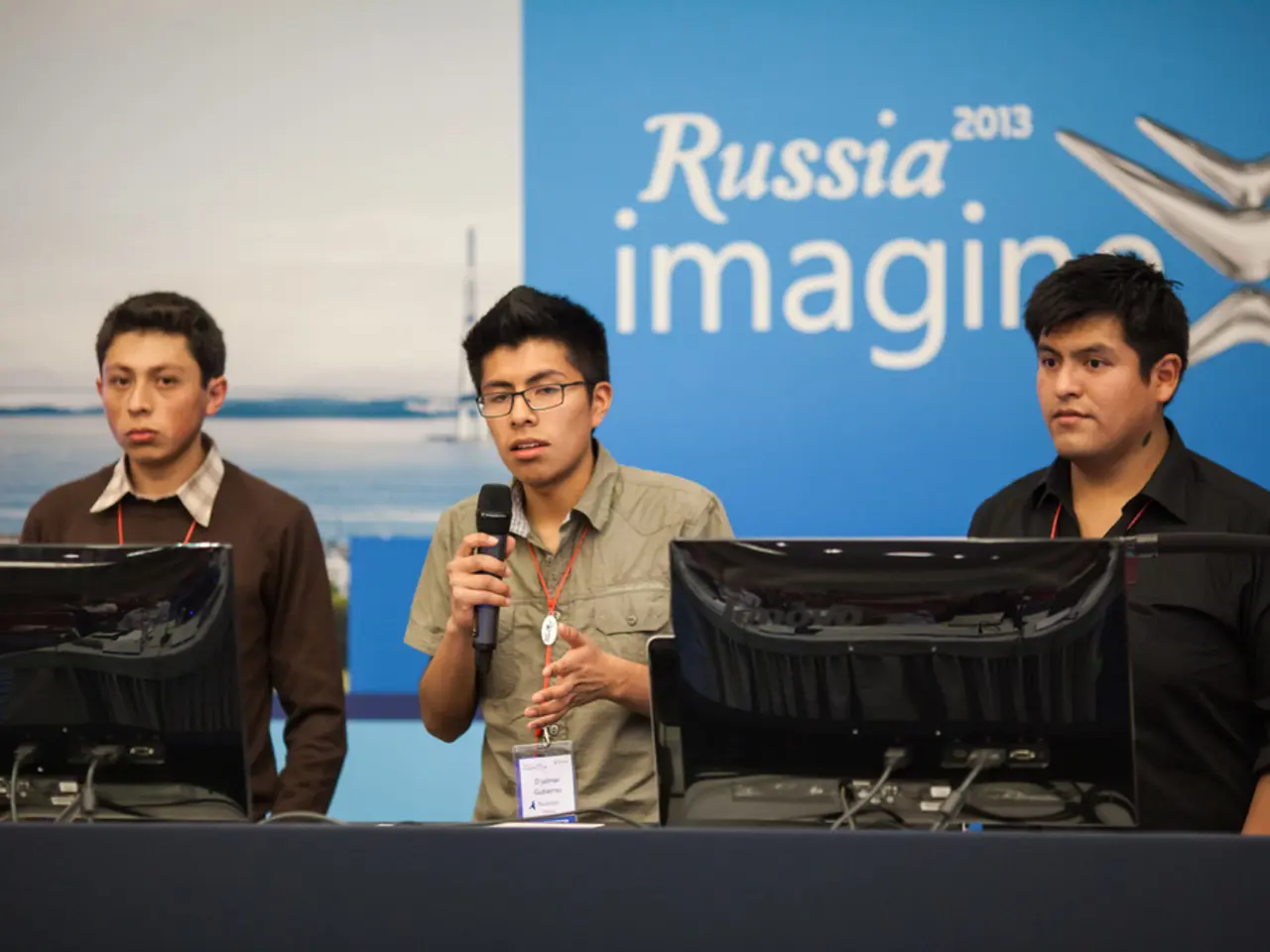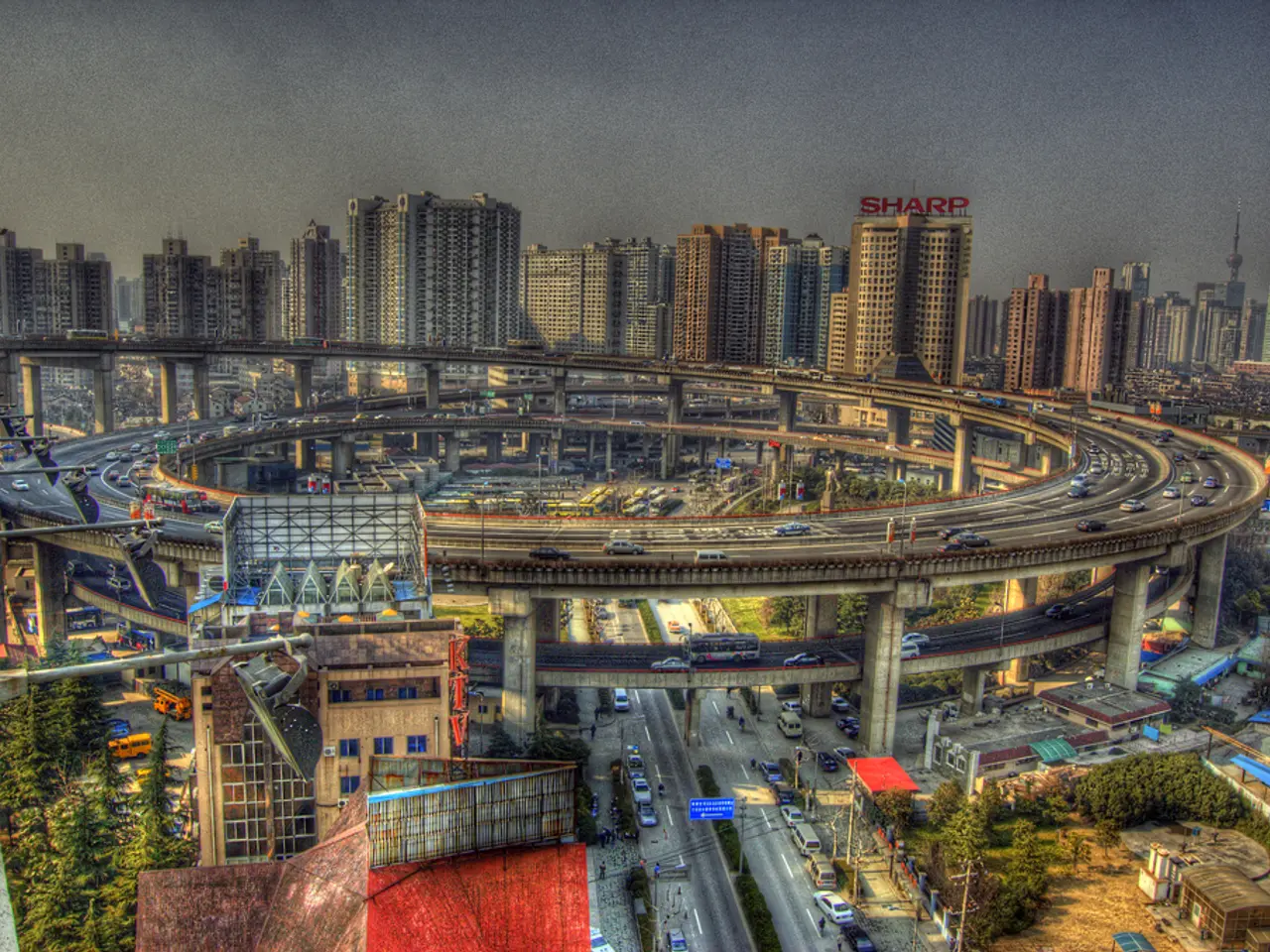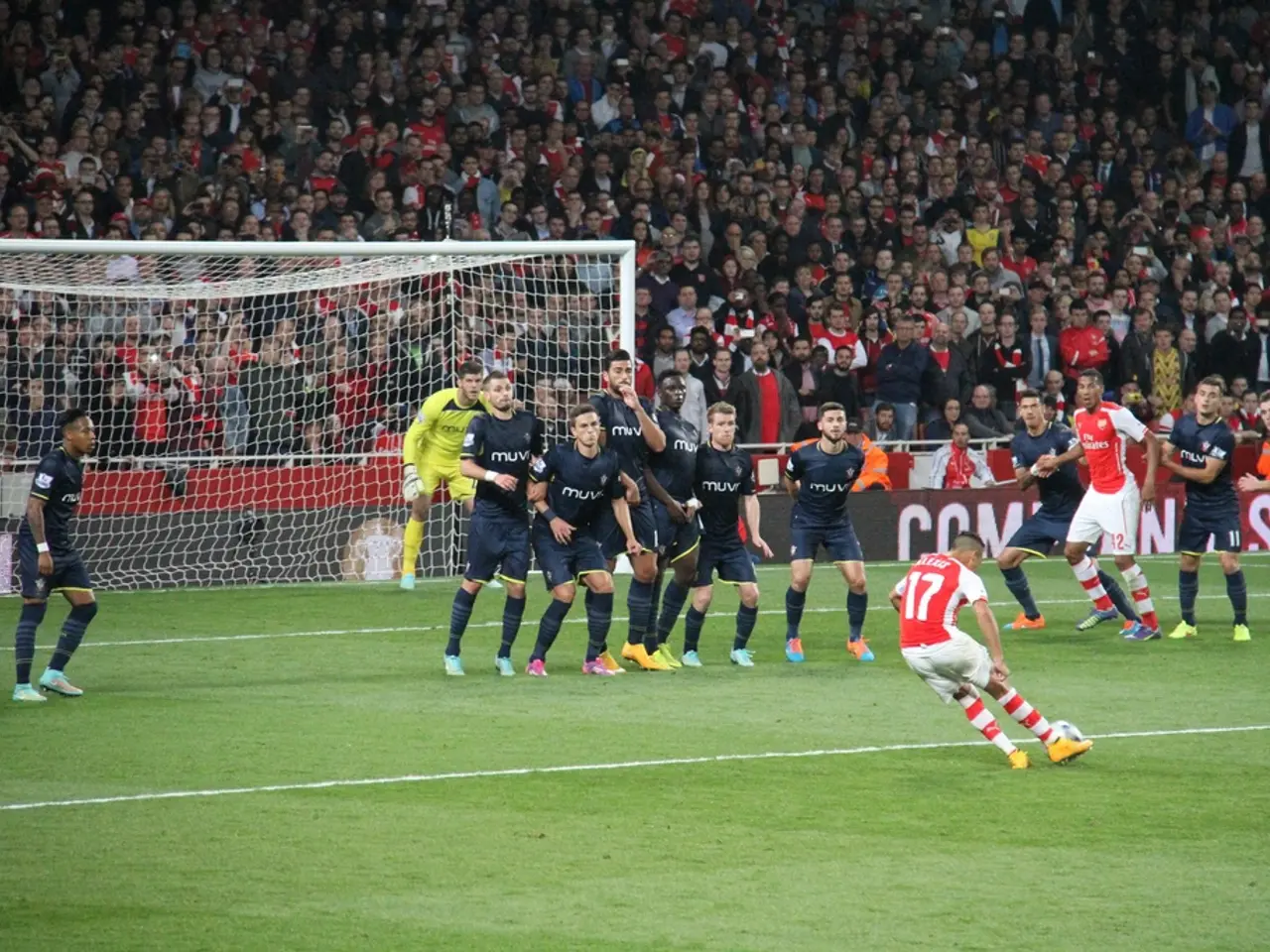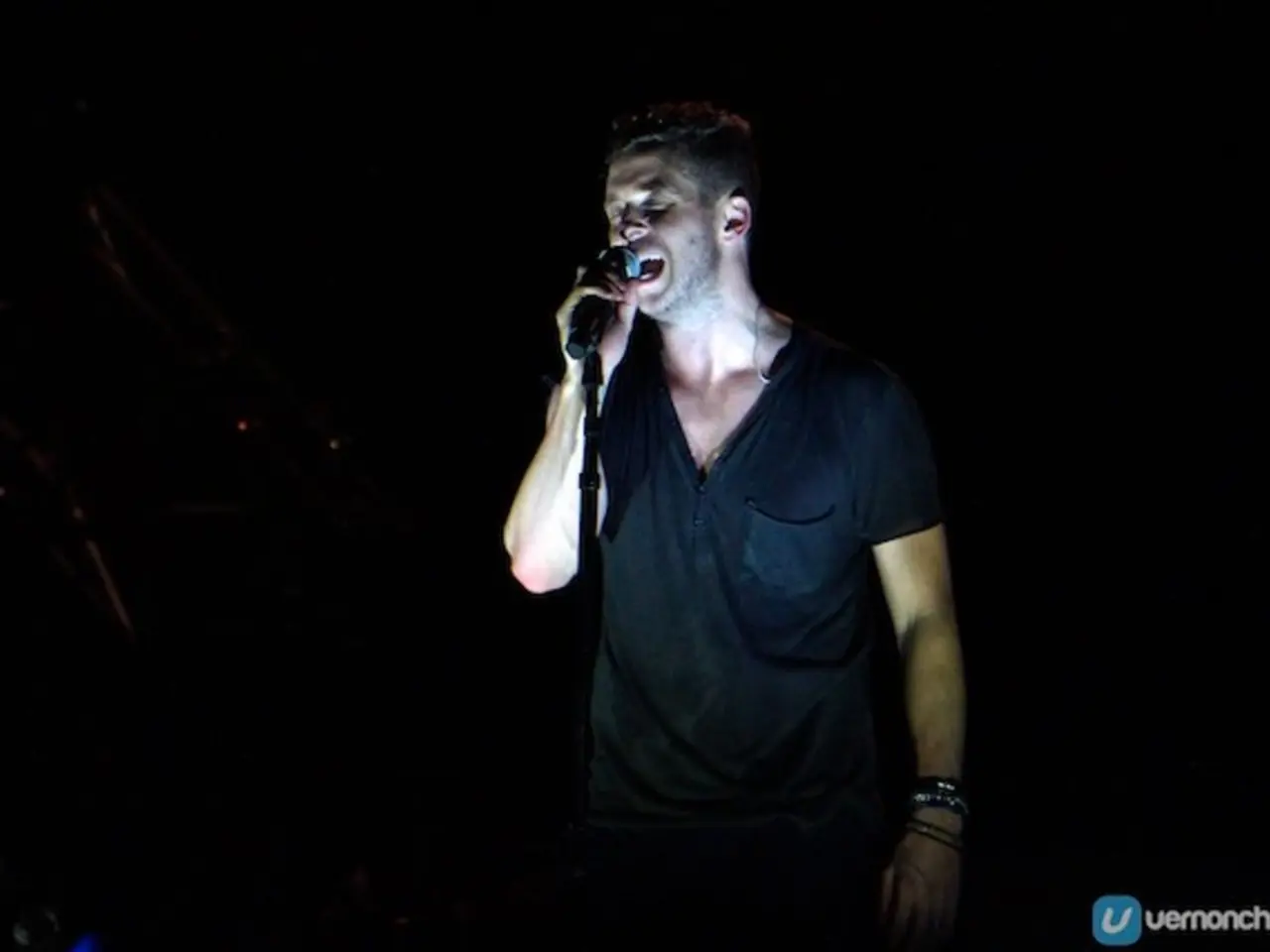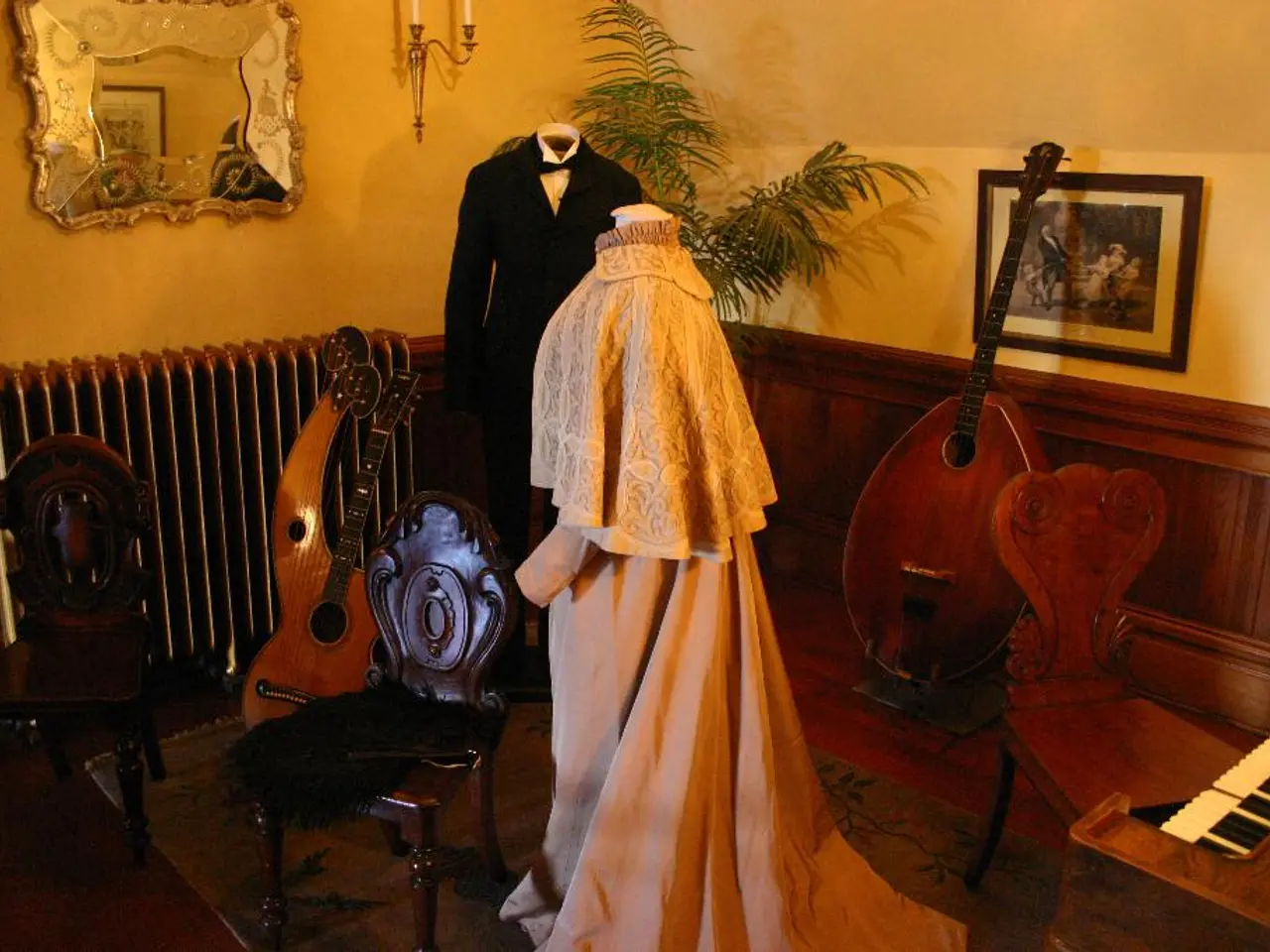A Millennia of Papal Elections: From Bribes to Ballots, and Everything in Between
Contest for Papal Election: Whispers of Bribery, Illicit Luxuries, and Alcohol Inclusive
Get ready for the upcoming Papal election, folks! Things are about to get interesting in the Catholic Church. In the past, these elections could take years and were often marred by bribery, but today, they're as simple as 1, 2, 3! Potential reforms might shake things up even more.
Remember when the Papal election was like a never-ending soap opera? Well, not anymore! In the old days, smoke signals would have been the least of your worries. Elections could last for nearly three years, as was the case with the longest one in history. These days, white smoke rising from the Vatican's Sistine Chapel is all it takes to know a new Pope has been selected!
White Taube instead of white smoke
Going way back to 236 AD, when Christians in Rome were discussing the choice for their new leader, a white dove landed on the head of the ordinary layman Fabian. The believers took this as a divine sign and decided that Fabian would be their Pope.
Applause, Tears, Prayers, Mourning
Originally, popes were chosen by members of the clergy and the Roman nobility, leading to a lot of manipulation. One of the most infamous elections took place in 532 following the death of Pope Bonifatius II. According to author P.G. Maxwell-Stuart, this election was overshadowed by "bribes from royal officials and influential senators." In the end, a simple priest named Mercurius was elected as the new Pope, marking the beginning of a tradition of Papal name changes, as he later assumed the name John I.
Cardinal Elections
In 1059, Pope Nicholas II established a rule that only cardinals could participate in future elections. While theoretically, anybody baptized and male could become Pope, in reality, only cardinals have taken up that position for almost 650 years now.
Closed-door Dealings
The word "conclave" comes from the Latin phrase "cum clave" or "with a key." When the Papal election in 1241 dragged on, the Roman government decided to lock the cardinals in a dilapidated building and refused to clean the toilets or provide medical care for sick cardinals. According to historian Frederic Baumgartner, it wasn't until one cardinal died and the Roman authorities threatened to exhumate his body that the remaining cardinals reached a decision, electing Coelestin IV.
The Longest Conclave
After the death of Pope Clement IV in 1268, it took almost three years to elect his successor, Gregory X. Tensions escalated as the cardinals gathered in a papal palace in Viterbo to make their decision. In June 1270, frustrated locals removed the roof to hasten the election, inspired by the words of an English cardinal who declared that without a roof, the Holy Spirit could descend unobstructed.
Austerity Measures
In response to the chaos that led to his election, Pope Gregory X imposed new rules on the papal election. He decreed that the cardinals must meet within ten days of the pope's death and ordered a gradual reduction of their food supplies. After five days, their meals were reduced to bread, water, and wine[1].
Camp Beds and Communal Baths
The cardinals slept on camp beds and shared communal baths in the Apostolic Palace during the conclave for centuries[1]. More recently, the deceased Pope Francis resided in the Domus Sanctae Marthae guesthouse, which Pope John Paul II built in 1978 for the use of cardinals during the conclave[1].
Champagne and Songs
In 1978, the newly elected Pope John Paul II treated the cardinals to champagne and sang Polish folk songs after his first public appearance as Pope on St. Peter's Square[1]. After his election in 2005, Pope Benedict XVI hosted all the cardinals to a dinner with songs and champagne, according to Cardinal Cormac Murphy-O'Connor[1].
Shrinking Conclaves
The longest conclave of modern times took place in 1831 and lasted 50 days to elect Pope Gregory XVI. The longest vote in the 20th century, in 1922, ended after five days with the election of Pope Pius XI[1]. The elections of Benedict XVI in 2005 and his successor Francis in 2013 each took two days before white smoke signaled a new Pope[1].
Source: ntv.de, Alice Ritchie, AFP
- Pope Francis
- Vatican
- Catholic Church
- Christianity
- Enrichment Data:The history of papal elections offers a captivating and intricate story that has undergone significant transformations throughout the Roman Catholic Church's history. Let's delve into this evolution, highlighting notable milestones and changes:
Early Papal Elections
Influence and Turmoil
- Early Christianity: Initially, the selection process for a Pope was quite informal and heavily influenced by external entities, including the Roman Emperor. During the early Christian era, the local clergy and laity often played a substantial role in selecting the bishop.
- Eleventh Century Reforms: Pope Nicholas II's reforms in 1059 were crucial. He mandated that elections would transpire under the supervision of cardinal bishops, contingent on the approval of cardinal priests and deacons, and with the acclamation of the people. However, this era was characterized by schisms due to disputed elections[2].
The Rise of Conclaves
The True Beginning of Conclaves
- 1271 Conclave: It was the prolonged deadlocks in elections that gave birth to the modern concept of a conclave. In 1271, after a three-year vacancy following Pope Clement IV's death, a conclave was conducted in Viterbo. The local authorities confined the cardinals in a small building, restricting them to only bread and water until a new pope was chosen. This led to the election of Tedaldo Visconti as Gregory X[2][3].
- Pope Gregory X's Reforms: In 1274, Pope Gregory X solidified the conclave as the official procedure by issuing a papal bull at the Second Council of Lyon. This mandated that all cardinals were required to convene within a closed conclave until a new pope was elected[3].
The Evolution of Election Procedures
Modern Conclave Lifestyle
- Austerity and Discipline: Contrary to the opulence enjoyed by some cardinals during earlier periods, where champagne and luxuries might have been abundant, modern conclaves are marked by austerity and discipline. Today, cardinals are housed in the Domus Sanctae Marthae in Vatican City and are subject to strict rules to ensure seclusion and sincerity in their deliberations.
- Smoke Signals: A modern development is the use of smoke to communicate the outcome of the vote. Black smoke signifies no decision has been made, while white smoke indicates the election of a new pope[1].
Transition from Corruption and Influence
From Besteching to Integrity
- Limiting External Influence: Early elections were often tainted by bribes and external interference. The shift towards conclave procedures aimed to eliminate these factors by isolating cardinals from outside influences. This change has drastically reduced, if not eliminated, such practices.
- Current Practice: Integrity and independence are now the primary focuses of the electoral process. Cardinals must take an oath of secrecy before entering the conclave, reinforcing their commitment to unbiased and independent decision-making[1][2].
- In the early days of Christian era, the local clergy and laity had significant influence in selecting the Pope, often leading to chaotic and disputed elections.
- Pope Nicholas II's reforms in 1059 mandated that future elections would take place under the supervision of cardinal bishops, priests, and deacons, with the approval of the people.
- The evolution of the papal election process gave birth to the modern concept of a conclave, as a solution for protracted deadlocks in election, such as the three-year conclave in Viterbo in 1271.
- In the current papal election process, strict rules ensure seclusion and sincerity, as cardinals are housed in the Domus Sanctae Marthae in Vatican City and subject to austerity measures, unlike earlier periods marked by opulence and bribes from royal officials and influential senators.

